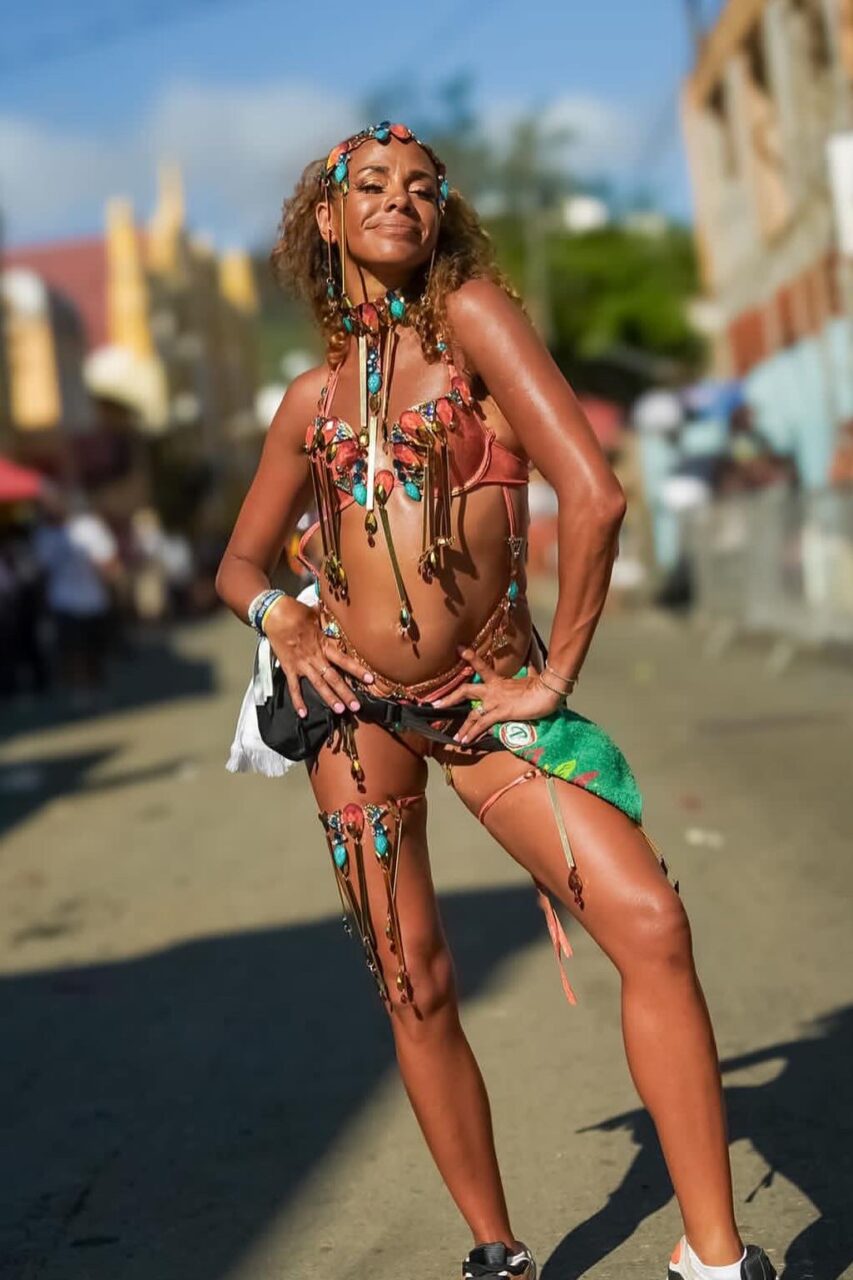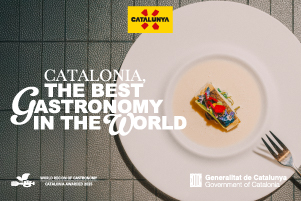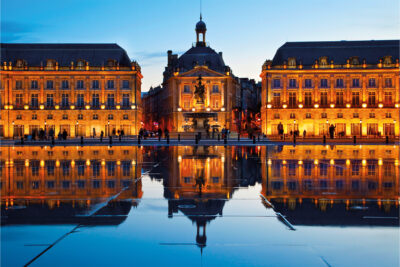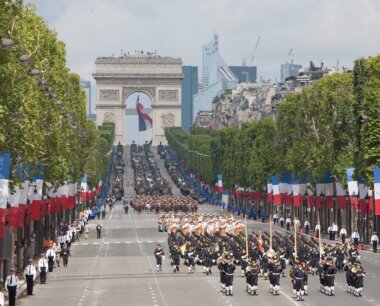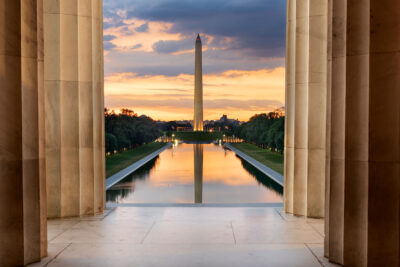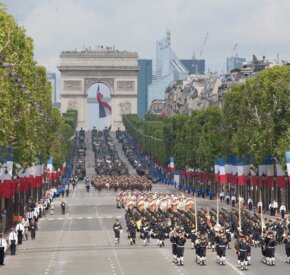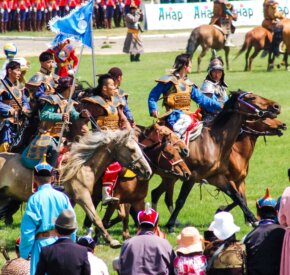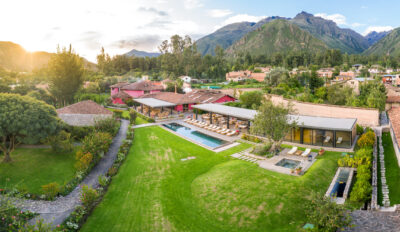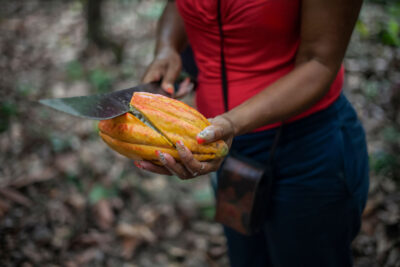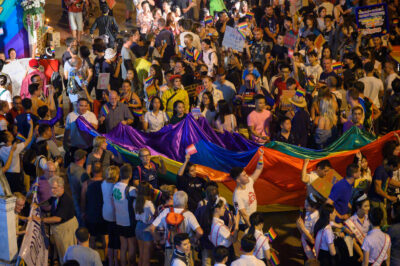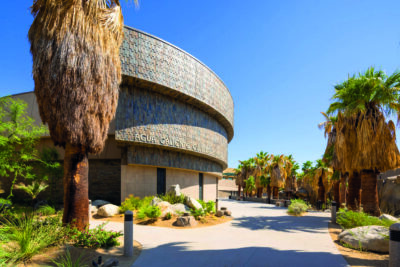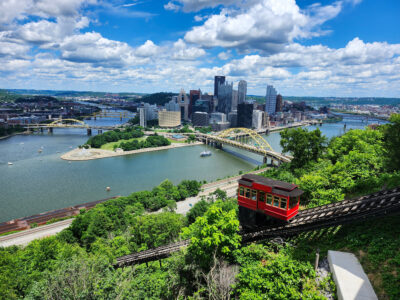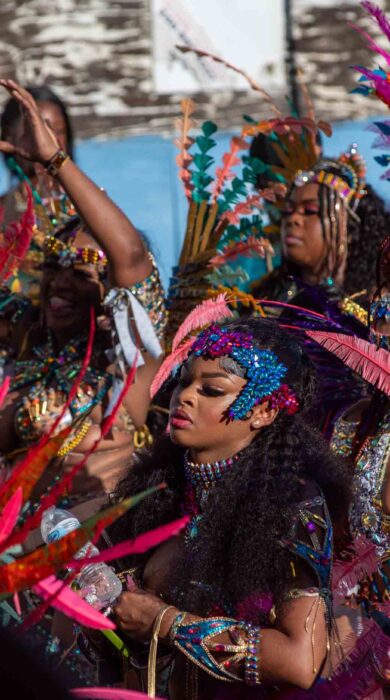
Celebrating freedom in the US Virgin Islands: A postcard from St Thomas Carnival
As the 2025 carnival season approaches in the US Virgin Islands, Natalie Preddie relives her experience of the dazzling celebrations and rich traditions of St Thomas’s annual festival…
As I took my place at the start of the main parade, I felt as though I could take flight with the giant feathered wings glittering on my back. My traditional costume was small: an orange and gold bikini sparkling with colourful costume gems. More turquoise and yellow jewels hung from my ornate headpiece, the shiny gold choker around my neck and bands tied tightly around my thighs. I have never felt more beautiful, more confident, more joyful.
I had been waiting for this moment for years: the time when crowds take to the street and spend the day eating, drinking and dancing alongside hundreds of other partygoers. We were officially in the throes of Caribbean carnival season and I was in St Thomas, United States Virgin Islands to celebrate.
Although I grew up as an audience member at carnivals, this was my first experience as a participant. For my father and I, attending carnival was a place to be with other Caribbean folk, to hear West Indian music and eat Jamaican food. It was a party just for us, celebrating our collective strength as people of colour in a world where we are so often ‘other’. As a child, I marvelled at the stunning costumes and dreamed of one day dancing through the streets in my own vibrant ensemble. Finally, I was here.
Around me were other players in similarly decorated costumes, skin glistening with sweat beneath fans of multicoloured feathers. Heavy bass from the soca beats vibrated through the thick crowd. Bodies swayed to the music, feet beginning a rhythmic beat, waists starting to wind, cheers erupting.
The origins of carnival
Emerging from both African and Indigenous cultures, the Caribbean carnival is, at its heart, a celebration of rebellion against enslavement. It’s thought that the first carnival took place in Trinidad and Tobago in the 1800s, when enslaved peoples sabotaged plantation owners by setting fire to sugar cane intended for sale.
With African drums, sticks and other instruments, enslaved peoples embraced their home cultures and called on their ancestors to guide them. As colonisers attempted to thwart these rebellions, Afro-Caribbeans would enact new and innovative ways to fight back through music, song and dance. When slavery was finally abolished, carnival became a celebration of freedom and resilience, themes that are still pervasive in the music played throughout the Caribbean today.
Read next: 9 0f the top festivals in Canada
“The Caribbean carnival is, at its heart, a celebration of rebellion against enslavement.”
But while every Caribbean carnival is rooted in resistance, not every island is the same. St. Thomas’s first carnival took place on 14 February 1912, followed by another in 1914, while the island was still part of the Danish West Indies. The initial celebration was based around the European holiday calendar, but showcased local Afro-Caribbean culture. After the island was purchased by the United States from the Dutch in 1917, celebrations were put on hold while the world went to war.
Nothing further took place until 1952, when politician Ron De Lugo decided that carnival needed a revival. Initially, he was worried that no one would come, but US Virgin Islands residents flocked to the parade. The celebration was an attempt to reconnect St Thomas with the original carnival motifs that had been lost over the years.
Read next: The best places to visit in North America for festivals and events
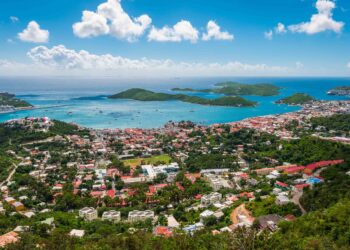
Returning to the roots
US citizens do not need a passport to visit the islands today, so even now the ease of travel for Americans means the foundational themes can feel slightly diluted: not all tourists are there to celebrate the true meaning of carnival. This year, however – with top Caribbean musical acts and parades that highlighted the characteristic colour and vibrancy of the Caribbean – there was a real focus on bringing carnival back to its roots, to ensure a celebration of our history, freedom and strength.
Every night, we joined the crowds at St Thomas Carnival Village and Food Fair, the central destination for partygoers. Stalls with hand-painted menus offered delicious Trinidadian doubles (fried flatbreads with chickpea curry) and flavourful mutton roti, and the intoxicating smell of chicken curry floated through the air. A Ferris wheel and fairground games illuminated the night.
“The camaraderie, the joy and empowerment were visceral.”
Carnival Village is also where world-class soca and reggae artists like Machel Montano, Patrice Roberts and Sizzla took to the stage, filling the air with rhythm and joy. From my place in the crowd, I sang-shouted along to some of my favourite party tunes and danced until my knees hurt. It would be early morning before I fell into my hotel bed, happily exhausted.
Read next: The ultimate music guide to the USA, according to locals
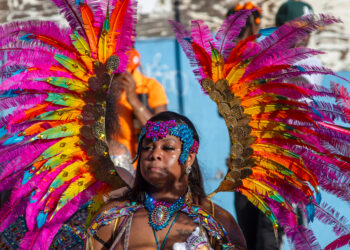
A joyous celebration
It was 3.30am when my alarm went off again. It was time for J’ouvert, a colourful sunrise parade that winds through the streets of St Thomas. I was still rubbing the sleep from my eyes as someone handed me a rum punch and cheered in celebration. J’ouvert is famous for drenching the crowd in cooling streams of water and vibrant shades of paint. Our group was led to a truck blasting Caribbean beats, decorated in oranges, pinks and yellows. We climbed a ladder to a large wooden platform on the top of an 18-wheeler, overlooking the crowd below and the sparkling Caribbean Sea beyond. As our truck moved slowly along the parade route, carnival goers swarmed the floats, dancing, cheering and singing along to the music. Within an hour, sleep was a distant memory and we were joyful once again.
The camaraderie, the joy and empowerment were visceral, and that feeling had propelled me through an entire week of celebrating the freedom and resilience of my ancestors. I am already prepping for next year. You should come too…
Need to know
St Thomas Carnival 2025 runs from 27 April–3 May (visitusvi.com/events/st-thomas-carnival).





